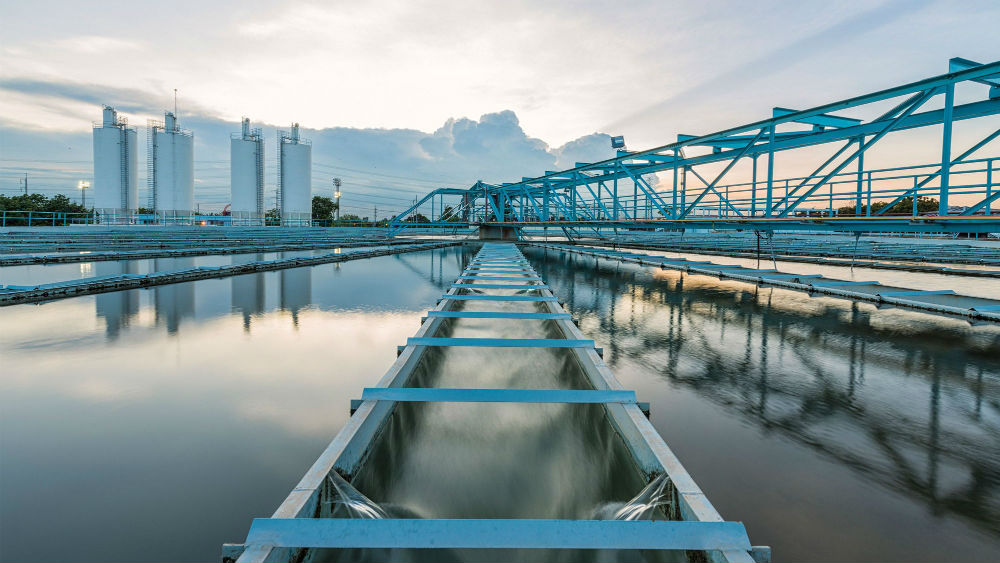Suez embraces innovation and circularity to drive down emissions
We Mean Business coalition
Global waste and water utility business Suez is taking bold action to achieve its ambitious climate commitments.
The company is using a combination of innovative approaches to tackle its greenhouse gas (GHG) emissions. These include producing green electricity from biogas recovered at landfill sites, transforming waste into compost or solid fuels, increased recycling and switching to renewable energy.
Since 2014, Suez has reduced absolute Scope 1 and 2 emissions by 5.69%, taking into account acquisitions and divestments. This progress is part of the company’s science-based target to reduce Scope 1 and Scope 2 GHG emissions by 30% by 2030, from a 2014 baseline – a target that has been officially approved by the Science Based Target initiative.
“Most of that carbon saving has been achieved through our green energy generation and procurement strategy in the water business, as well as through the diversion of large volumes of waste from landfills in the waste business – notably in the UK where we started to operate several large incineration plants in recent years,” Sébastien Pellion, Climate Change Specialist at the Sustainable Development Department of Suez, said.
Suez also has targets to reduce direct and indirect GHG emissions by 10% by 2021 and to help customers avoid more than 60 million tonnes of GHGs through recycling and recovery from waste and wastewater between 2016 and 2021.
By 2021, Suez plans to double the amount of recycled plastic it produces and to increase the production of renewable energy at its sites by more than 10%.
“Landfilling waste emits a lot of methane, which has 28 times more global warming potential than CO2. By implementing alternative waste-management techniques, we can drastically reduce our GHGs from a product life-cycle perspective,” Pellion said.
“For example, if you recycled one ton of plastic bottles, you would avoid 1.6 tons of CO2 that would otherwise be emitted through decomposition in a dumpsite.”
Suez is also looking to the circular economy to help drive emission reductions. One partnership saw the company collaborate with Terracycle and Procter & Gamble to create the first bottle of shampoo made with 25% beach-found plastics.
“Investing in low-carbon and circular technologies is a big market opportunity for us. Thanks to our efforts in research and development, we are producing more and more types of secondary raw materials. We will also continue to help our customers develop new circular products” Pellion said.
“Through these initiatives, we hope to stimulate investment for cities and industries that is directed towards creating new plants and optimising existing ones. For example, by turning some of our wastewater treatment plants into ‘biofactories’, we are not only treating water to avoid discharge of contaminants into the natural environment, we are also able to recover sludge for agriculture, rare metals and phosphorus from wastewater.”
As part of its wider carbon reduction strategy, Suez is also renewing its vehicle fleet, increasing production of renewable energy, and optimising the efficiency of the landfill sites that it operates to recover the biogas and produce green electricity.
The company is also transforming landfill waste into compost or solid recovered fuel. Suez has found that it is able to achieve more than 80% GHG reduction at landfill level, through these methods.

